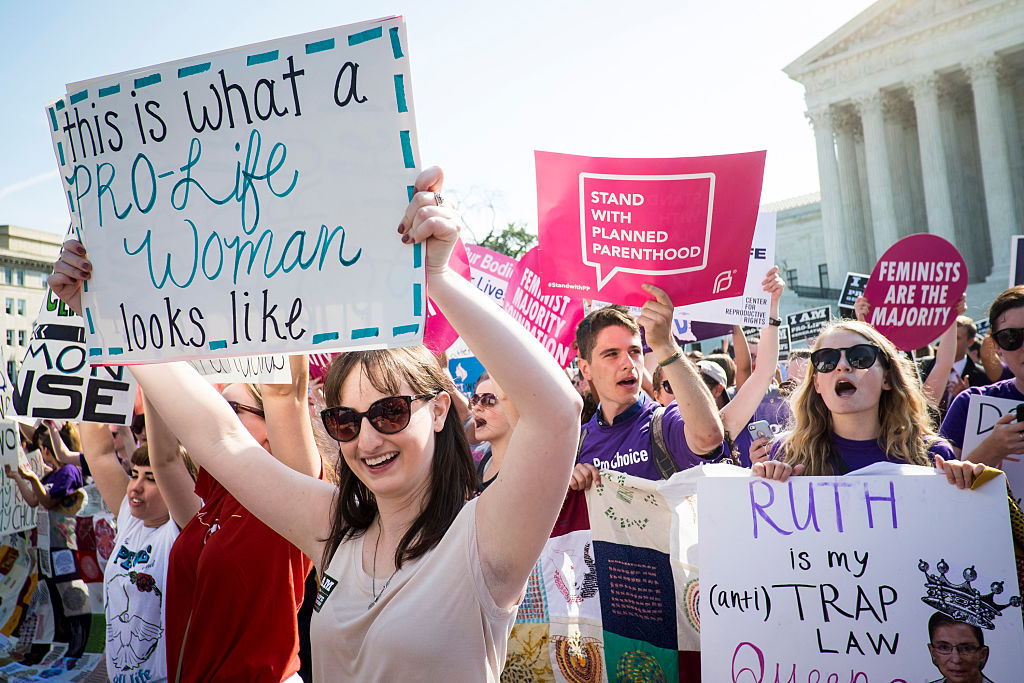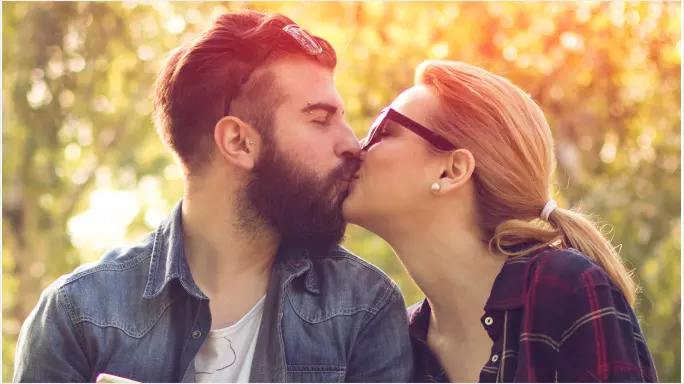If you’re in the dark about the recent Supreme Court decisions, have no fear.
This simple breakdown of the three big SCOTUS decisions will keep you on your toes and completely aware, in case your coworkers start delving into politics.
Fisher v. University of Texas at Austin
You’ve probably heard of Fisher v. University of Texas at Austin. It first came into the spotlight in 2013, when a UT-Austin applicant, Abigail Fisher, took the issue of affirmative action to the Supreme Court. She believed that the university’s Top 10 Percent program, which automatically admits students in the top percentage of their classes to the university, and the practice of looking at criteria such as race and socioeconomic background to determine how other students will be admitted to the campus, systematically denied her from admission. Fisher took her case to the bench again in 2016.
Fisher’s case sparked outrage on Twitter, with users in 2013 using ‘#StayMadAbby’ to talk about it, and in 2016, ‘#BeckyWithTheBadGrades,’ a reference to how she wouldn’t have had the grades to get into UT-Austin anyway. The Supreme Court ruled that Texas’ affirmative action plan was perfectly okay, defeating her challenge of the rule. This has raised questions about whether affirmative action strongly benefits women, or students of color.
Voisine v. the United States
Another key Supreme Court decision led survivors of domestic violence to rejoice. Voisine v. the United States challenged the Maine law that stated those convicted of domestic violence charges would not be allowed to purchase firearms, and in a 6-2 vote, SCOTUS ruled to keep it in place. Most of the argument focused on whether “recklessness” was intentional in deeming it a misdemeanor.
“Reckless conduct, which requires the conscious disregard of a known risk, is not an accident: It involves a deliberate decision to endanger another,” the majority wrote in the official document. While the case focuses mostly on gun rights in America, a hotly contested topic, there’s hope that it could lower domestic violence rates nationally.
Whole Woman’s Health v. Hellerstedt
Most people have been eager to find out how the judges would rule on Whole Woman’s Health v. Hellerstedt, the biggest abortion case since Roe v. Wade in 1973. In Texas, lawmakers decided that abortion clinics would have to have medical-grade equipment and doctors must have admitting privileges at nearby hospitals in order to legally perform abortions. This would close all but 19 clinics in the state, a problem for many in areas that aren’t close to hospitals.
On Monday morning, the Supreme Court struck down the Texas laws. While Texans who supported it said that it was passed in the interest of better serving women, the 5-3 majority said that it only placed burdens on women who needed abortions. The notorious R.B.G. (that’s Ruth Bader Ginsburg, for those of you who don’t know) wrote a concurrent opinion that blasted the belief that most abortion clinics were unsafe for women.
“When a State severely limits access to safe and legal procedures, women in desperate circumstances may resort to unlicensed rogue practitioners, faute de mieux, at great risk to their health and safety,” Ginsburg wrote.




comments